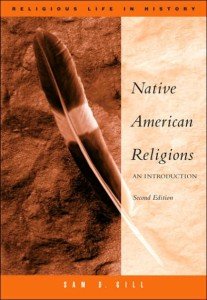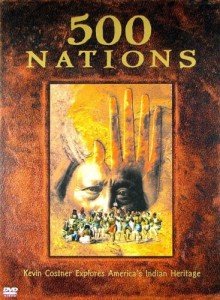Review
Interpreting the Legacy John Neihardt and Black Elk Speaks by Brian Holloway is a critical examination of the influential work Black Elk Speaks, written by John G. Neihardt and published in 1932. The book explores Black Elk Speaks's legacy and its impact on Native American literature and culture.
Through a thorough analysis of Neihardt's interpretation of Black Elk's life and teachings, Holloway delves into the book's complexities and controversies. He explores the historical and cultural context in which the book was written and its impact on shaping the perception of Native American spirituality and identity.
The review also examines the author's personal relationship with Black Elk and the implications of this relationship on the portrayal of Black Elk's story. Holloway delves into the issue of cultural appropriation and its role in the book's reception and interpretation.
Furthermore, the review critically evaluates the literary techniques used by Neihardt in telling Black Elk's story, such as dialogue and the blending of autobiography and ethnography. It also delves into the influence of Black Elk Speaks on other writers and its significance in the canon of Native American literature.
The significance of Black Elk Speaks in the canon of Native American literature is also a major focus of this review. Holloway discusses the book's influence on other writers and its enduring legacy in shaping the narrative of Native American experiences.
Through a thorough analysis of Black Elk Speaks and its impact, this review aims to contribute to ongoing discussions about representation, cultural appropriation, and the importance of Native American voices in literature. Holloway's critical examination of Neihardt's work provides readers with a nuanced understanding of this influential book's complexities.
Ultimately, this review aims to provide readers with a nuanced understanding of the legacy of Black Elk Speaks and the complexities surrounding its creation and reception. By critically examining the book and its impact, this review aims to contribute to the ongoing discussions about representation, cultural appropriation, and the importance of Native American voices in literature.
In conclusion, Interpreting the Legacy of John Neihardt and Black Elk Speaks is an essential read for anyone interested in the history and cultural impact of Native American literature. Holloway's thorough analysis and thought-provoking insights make this book valuable to the ongoing discourse on representation and cultural appropriation in literature.






